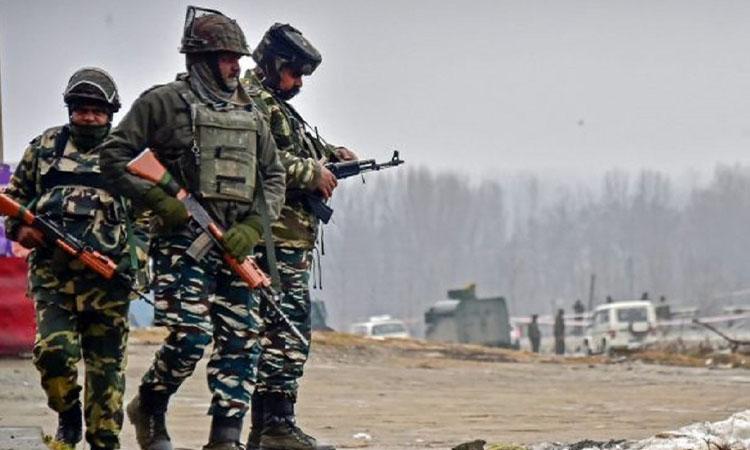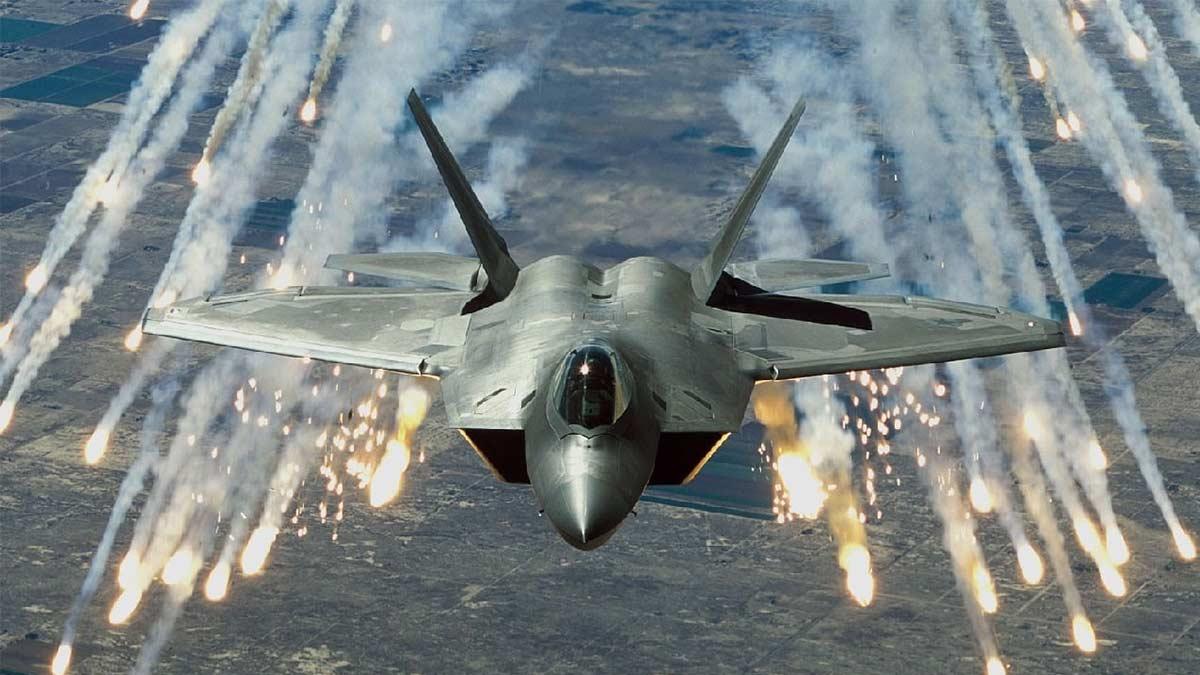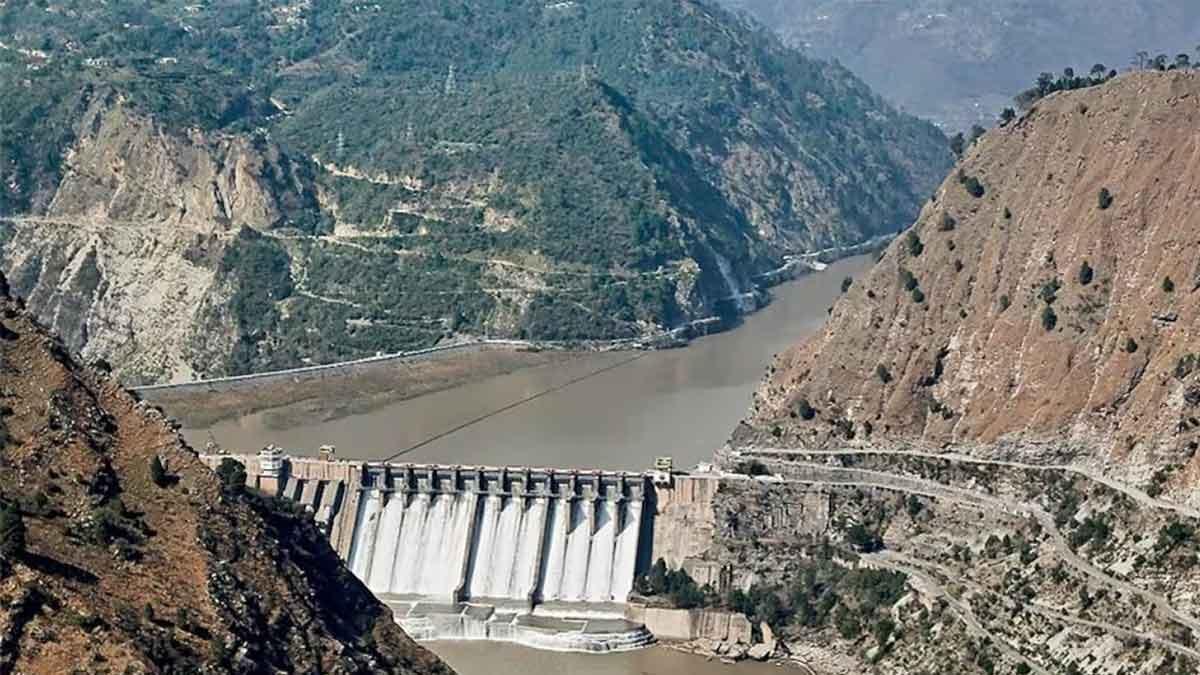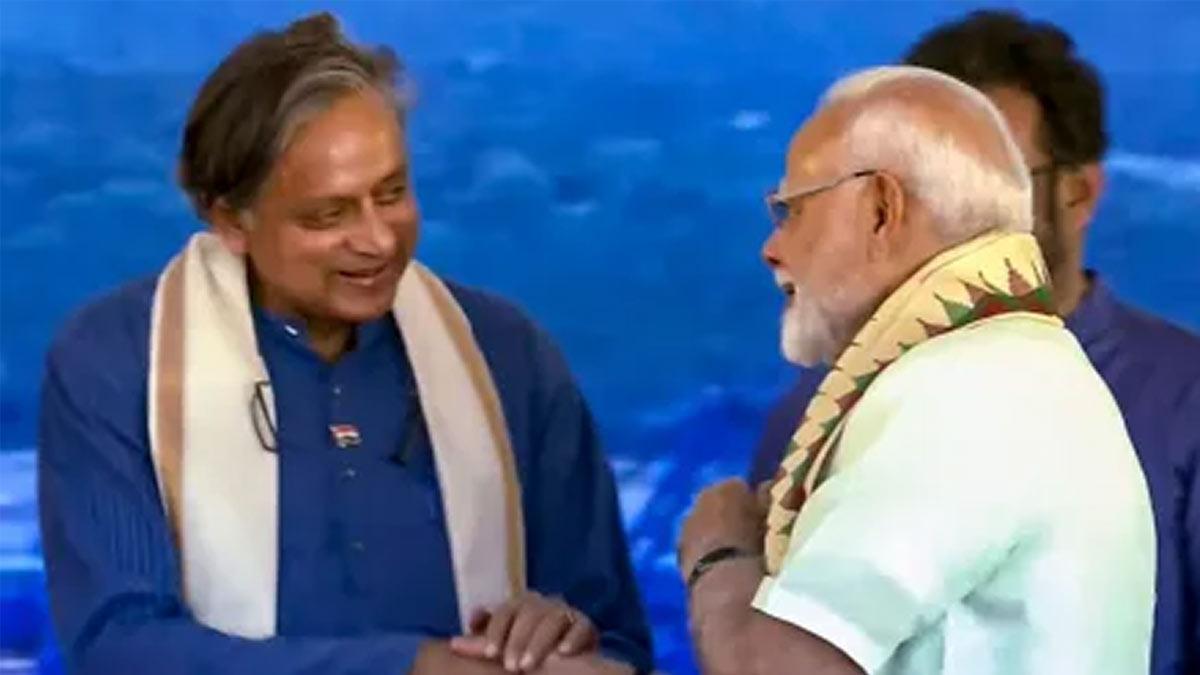Today marks the third anniversary of the deadly Pulwama terror attacks. On this day in 2019, 40 soldiers belonging to the Central Reserve Police Force (CRPF) were martyred. The terror attacks were claimed by Pakistan-based terror organization Jaiash-e-Mohammad (JeM). To avenge the martyrdom of the braveheartsn, the Indian Air Force conducted precision air strikes on 26th February 2019 on Islamic terrorist organization Jaish-e-Mohammad (JeM) terror camps in Pakistan-occupied Kashmir (PoK). Here’s an overview of the sequence of events which unfolded:
1. Over 2500 CRPF personnel were being transported from Jammu to Srinagar, Kashmir vis the National Highway 44. The personnel convoy consisted of 78 buses. A vehicle laden with over 200-kg of explosives, including 80 kg of RDX (lethal explosive) entered the highway via a bylane and exploded near the fifth bus of the convoy at around 3PM. The bus was blown into pieces and 40 personnel were martyred on spot. 35 personnel were injured.
2. JeM quickly claimed responsibility. The suicide bomber was identified as Adil Ahmad Dar from Pulwama. The terror attacks were claimed by JeM. Post-attack, India asserted that it will avenge the bombing on its won terms. “I feel the same fire in my heart that’s raging inside you,” PM Modi said in his first public speech since the attack. “All tears will be avenged…full freedom to decide the place, time, intensity and nature of the retaliation against the enemy,” PM Modi asserted.
Also Read | India successfully places its 'eye in the sky' satellite into orbit
3. NIA conducted an investigation into the attack and in August 2020 filed a 13,500-pafe chargesheet in a special court in Jammu against 19 individuals including JeM chief Masood Azhar as well as his brothers Abdul Rauf Asghar and Ammar Alvi, and nephew Umar Farooq. The source of the explosives, however, is yet to be traced.
4. India planned retaliatory airstrikes which were executed on 26th February. The target was JeM terror camps were located in Balakot on the top of a hill named Jaba Top, in the Khyber Pakhtunkhwa province of Pakistan. It is situated on the banks of Kunhar river. The camps included several structures to train the terrorists belonging to other terror organisations as well.
5. The strikes were planned with as much accuracy as possible so as to reduce the scope of error. The strikes were carried out by 12 Mirage 2000s carrying SPICE (Smart Precise Impact Cost Effective) 2000 bombs. The Mirage 2000s were accompanied by Sukhoi Su-30MKIs and DROD's Netra-airborne early warning and control system (AWACS).
6. To divert the attention and resources of Pakistan Air Force, a formation of SEPECAT Jaguars were deployed towards Barmer in Rajasthan which then turned north-west towards Pakistan in a dummy move. This was interpreted by the Pakistani security forces as a plausible attempt to target JeM headquarters in Bahawalpur in its Punjab province which reportedly housed the terror organization chief Masood Azhar. Pakistan quickly scrambled a formation to protect its assets.
7. Meanwhile, the actual strike force, which took off from Agra and Bareilly bases, took the advantage of this dummy deployment and entered the Pakistan Air Space at around 3:00 AM. By the time they were detected, they were already 150 km away from the Pakistani Air Force formation which had been originally deployed to stop them as per an India Today report. The targets were struck at 3:30 AM.
Also Read | Russia to not bid for India’s Project 75I submarine proposal: Reports
8. Five SPICE bombs, with GPS coordinates pre-entered, struck the all the targets except one, which was an abandoned school as the “the aircraft chosen to strike it was unable to lock onto the target to release the bomb in the tight window of opportunity,” the India Today report further read. The jets returned safely back to their bases. This was the first time that India had entered the Pakistani Air Space since 1971.
9. The terrorist casualties in the strike is still disputed. As per an Italian journalist Francesca Marino, 130-170 JeM terrorists were killed in the strikes. Local eyewitnesses counted 35 bodies which were being transported by ambulances, as per a Firstpost report. The strikes were nicknamed as “Operation Bandar.”


















